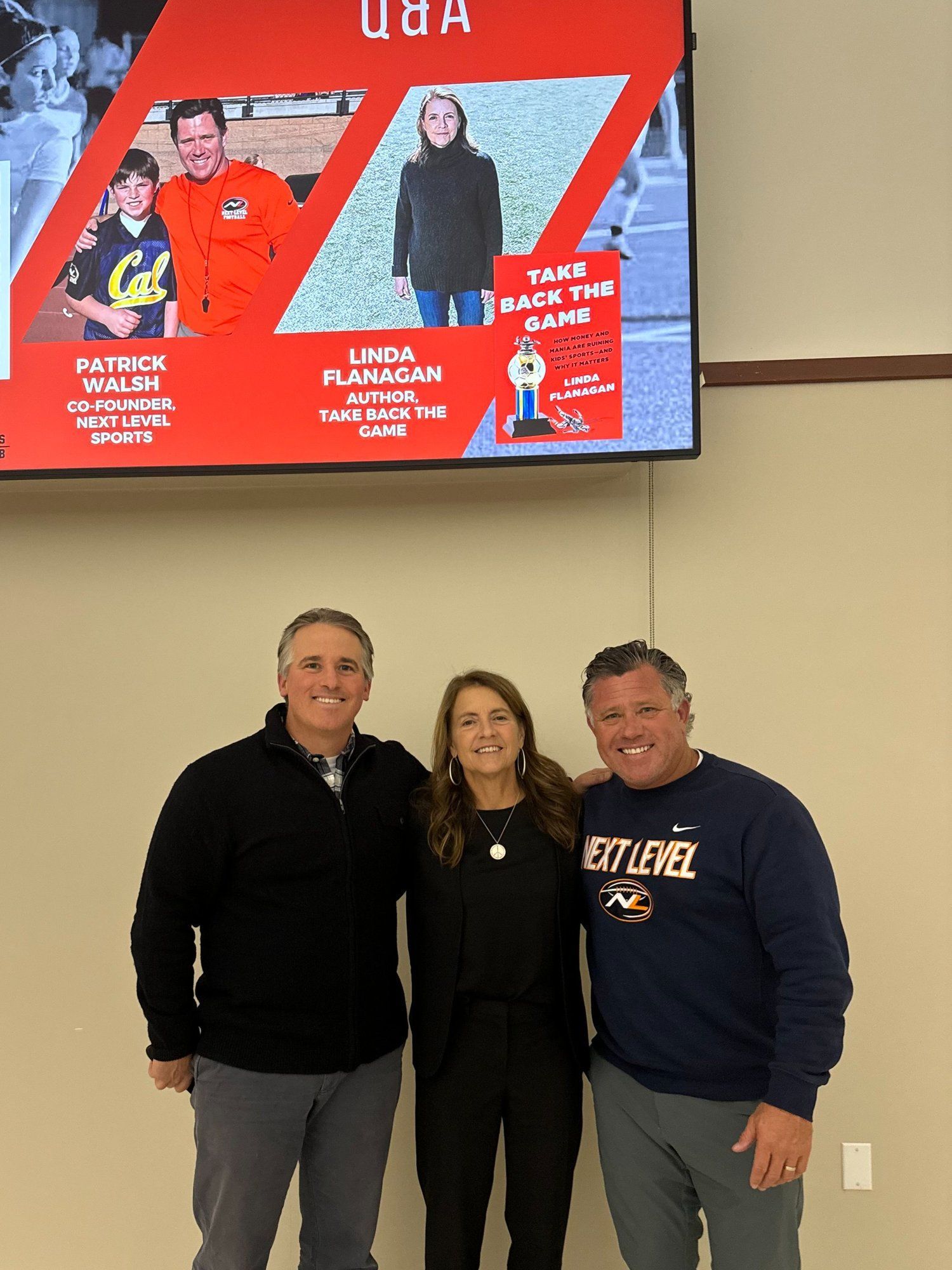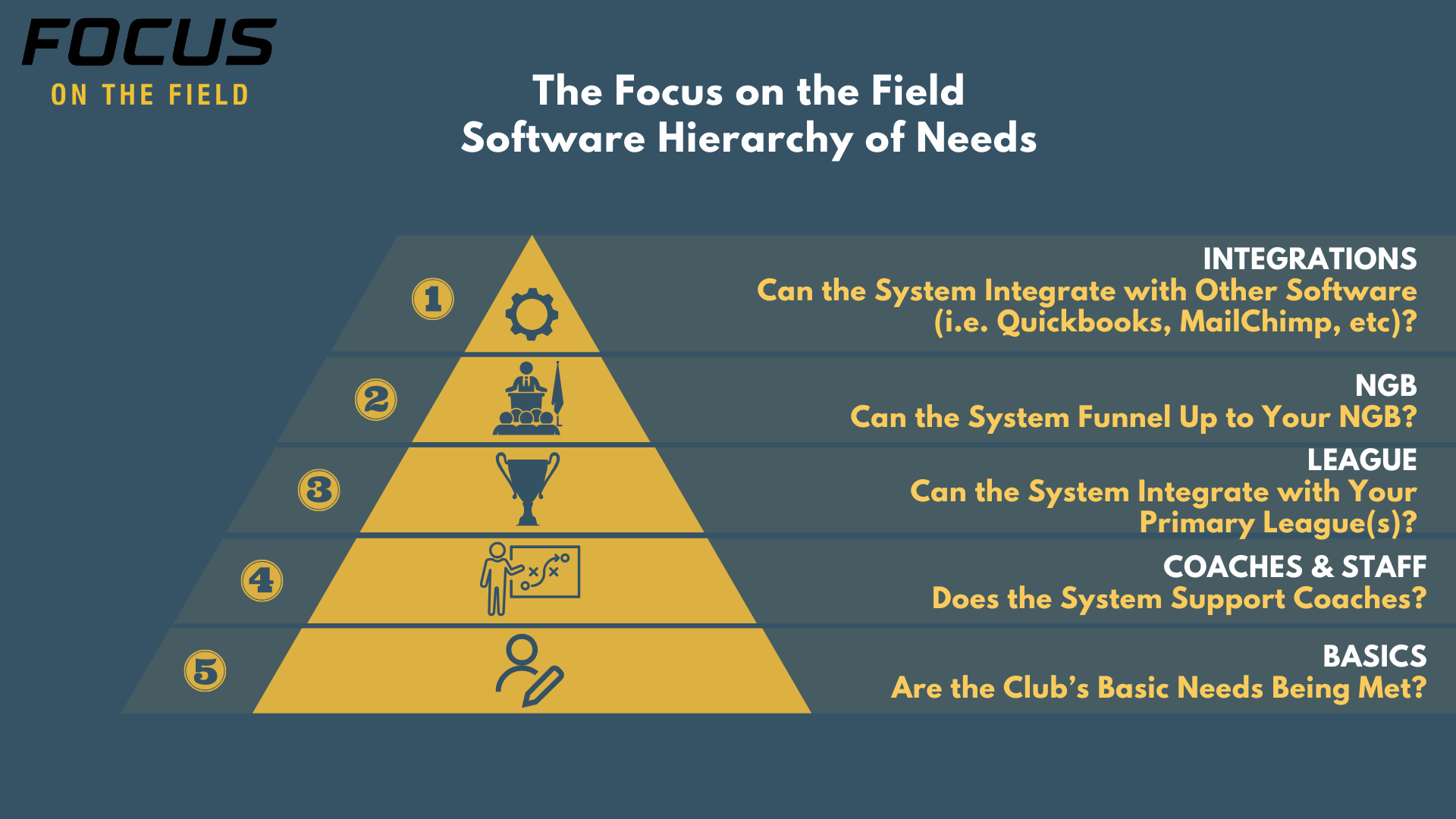The Balancing Act: Why Timely Email Responses are the Lifeblood of a Coach or Sports Club Director

Coaches and sports club directors are the backbone of any successful athletic program. They dedicate countless hours to training athletes, organizing competitions, and ensuring the smooth operation of their clubs. Yet, one often-overlooked aspect of their roles is the constant barrage of emails from parents and other community members. While timely email responses are essential for maintaining positive relationships, this exercise is a daunting challenge for those who juggle coaching and administrative responsibilities.
This challenge is exacerbated by the increasing expectations of on demand responses and the perception of professionalization across the youth sports world. Whether for-profit or non-profit, large or small, the stream of communication is always flowing.
The Deluge of Emails: In the world of sports, communication with parents is paramount. Whether it's about scheduling, logistics, concerns about player development or team performance, parents rely on email as a primary means of reaching out to coaches and directors. The result? A never-ending stream of emails that can flood in at any time of day or night.
The Juggling Act: Coaches and sports club directors are true multitaskers. They're not just mentors and strategists; they're also administrators and communicators. Balancing email responses with coaching duties, administrative tasks, and personal commitments is a formidable challenge. Picture this: a coach is on the field, guiding a team through a critical practice session when the inbox pings with new messages, all clamoring for attention.
The Importance of Prompt Responses: This scenario is all too familiar to anyone who spends time on a field, court, pool deck or ice. Messages pile up while your focus is on the players. However, timely email responses are the lifeblood of effective communication between coaches, parents, and athletes. They build trust and ensure that concerns are addressed promptly. Delayed responses can lead to frustration among parents and negatively impact the overall experience for athletes.
To build this trust, and keep your sanity, it is equally important to have a communications plan.
Strategies for Managing Emails: Managing this digital flood requires a strategic approach:
-
Prioritization: Coaches and directors must learn to identify and respond to urgent emails first. If it takes more than a minute to respond, mark it as unread and come back to it.
-
Triage: Non urgent emails or responses that need more time need to be marked and attended to after the urgent emails are handled.
-
Setting Clear Expectations: Clear communication about response times can help set realistic expectations.
-
Delegation: Consider the delegation of certain email responses to assistants or support staff.
-
Scheduled Email Time: Dedicate specific times for checking and responding to emails to avoid constant interruptions.
Maintaining Professionalism: Even in the face of challenging or emotional email exchanges, maintaining professionalism is non-negotiable. Thoughtful, courteous responses are essential to preserving positive relationships. If the email induces anger, use the 24-hour rule.
Technology as an Ally: Technology offers solutions. Email management tools, templates, and automated responses can streamline communication processes. Apps and software can help organize and prioritize the inbox, making it a more manageable task.
Balancing Act and Self-Care: Coaches and directors should never forget the importance of self-care. The constant demand of emails can lead to burnout. Finding a healthy balance between professional and personal life is essential for long-term success.
In the world of coaching and sports club management, timely email responses are a delicate tightrope walk. They are vital for maintaining trust and positive relationships with parents, but they can also be a source of stress and overwhelm. By implementing effective strategies, setting clear expectations, and practicing self-care, coaches and directors can excel in their roles while managing the constant influx of digital communication.
To my fellow coaches and sports club directors, know that you're not alone in this balancing act. Feel free to share your own email management strategies or experiences with others in the field in the comments below.
If you need help with this, reach out to us as we can offer further advice or do the work for you . Together, we can navigate the challenges of communication in the digital age while continuing to do what we do best: shaping the future of our athletes.











